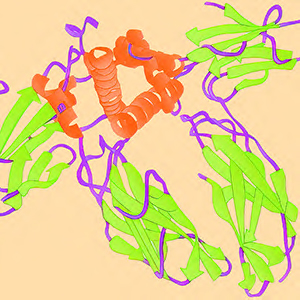INTERFERENTI ENDOCRINI: EFFETTI E MECCANISMI

All claims expressed in this article are solely those of the authors and do not necessarily represent those of their affiliated organizations, or those of the publisher, the editors and the reviewers. Any product that may be evaluated in this article or claim that may be made by its manufacturer is not guaranteed or endorsed by the publisher.
Endocrine disruptors (ED) are a heterogeneous group of substances capable of inducing adverse health effects by altering, through various mechanisms and targets, the functioning of the endocrine system. Given the widespread presence in the environment and in foods, the assessment and reduction of the risks associated with ED exposure is an important public health issue. The article specifically takes into consideration two aspects: the long-term effects (reproductive, neurobehavioral, metabolic) of exposures during pre- and post-natal development; the importance of the study and interpretation of ED mechanisms for the purposes of risk assessment, also using the Adverse Outcome Pathways approach.


 https://doi.org/10.4081/incontri.2022.798
https://doi.org/10.4081/incontri.2022.798